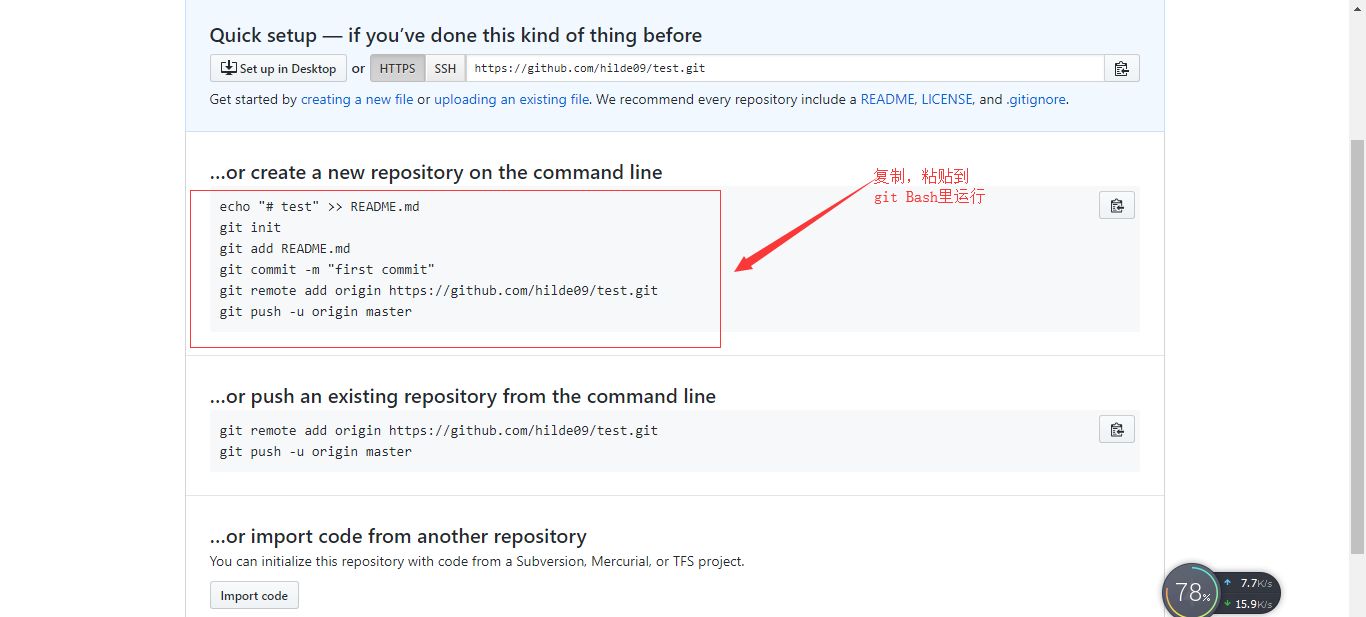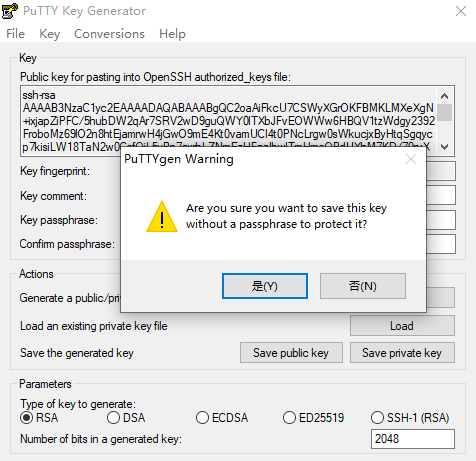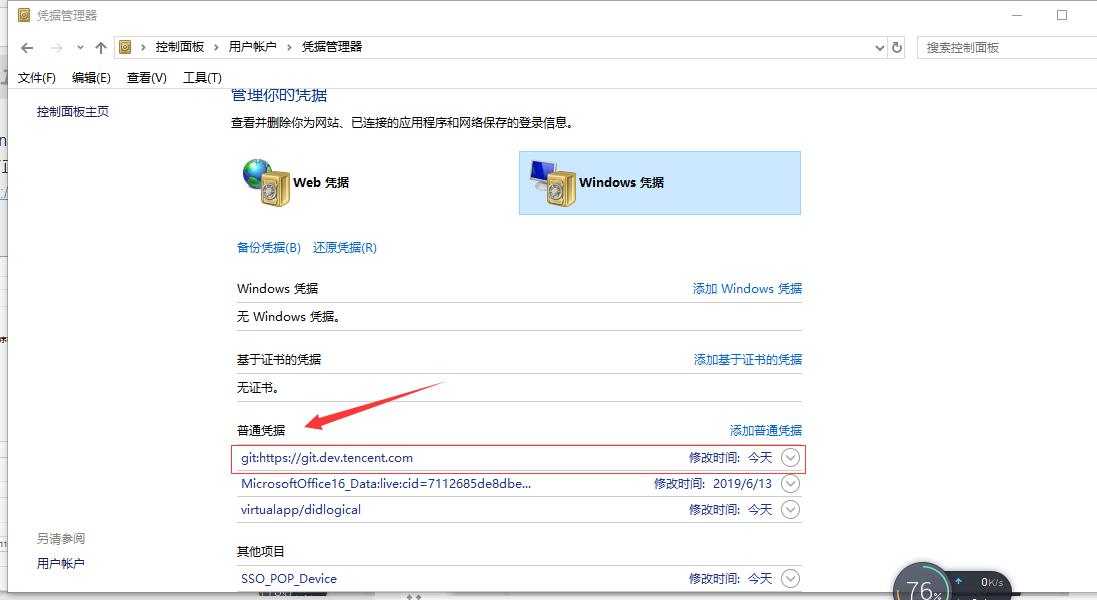

- IMPORT RSA KEY TERMIUS AUTHENTICATION HAS FAILED HOW TO
- IMPORT RSA KEY TERMIUS AUTHENTICATION HAS FAILED SERIAL NUMBER
- IMPORT RSA KEY TERMIUS AUTHENTICATION HAS FAILED PASSWORD
- IMPORT RSA KEY TERMIUS AUTHENTICATION HAS FAILED MAC
Since what you are doing is less complicated you don't need redit1 due to only working with one remote host, you can just point your sftp editor at host.var/redit/host or equivalent. My $file = $ENV way I use them is I use cssh to open a connection to all four hosts and then use a command like EDITOR=~/.bin/redit sudoedit /etc/conf/file and then In a different window run ~/.bin/redit1, make my changes, save and exit, switch back to cssh and press enter to commit the changes and exit sudoedit (unless I am editing more than one file in which case redit advances to the next file in the list and you run redit1 again for the next file.) The first file is ~/.bin/redit #!/usr/bin/perl -w so I created an 'editor' that doesn't edit, just notes the file for later use and waits and a wrapper around vimdiff that uses that marker. sudoedit copies the file(s), invokes the editor with the names of the copy(s) and waits for the editor to exit, then copies the modified copy back to where it was. Sudoedit (part of sudo) allows you to use any editor as a regular user to edit a file that you don't have write permission for and you can specify the editor with an environment variable. I had a similar problem in that I wanted to use vimdiff to edit configuration files on a group of mostly similar hosts, with cssh and sudo and you may be able to adapt my solution to your workflow. That change the state of the filesystem, will be denied. R Places this instance of sftp-server into a read-only mode.Īttempts to open files for writing, as well as other operations This option is useful in conjunction with the The default is to use the user's homeĭirectory. Of the user being authenticated, and %u is replaced by the user‐ Is replaced by a literal '%', %h is replaced by the home directory May contain the following tokens that are expanded at runtime: %%

Specifies an alternate starting directory for users. You can also control sftp-server through its switches -R and -d.

See my answer to this U&L Q&A titled: " Restrict password-less backup with SFTP" for more details. The other technique you could exploit here would be to limit the SFTP connection so that it was chrooted into specific locations as root, based on which SSH key was used. Better still continue reading and combine this capability with chroot and read only access, to construct tighter restrictions and targeted access to specific locations as root. NOTE: Whomever accesses the server in this method would have cartes blanche access, so use it wisely. You'd still have a record of this connection in your syslog and/or secure.log files (assuming your distro provides this level of logging). # User backup's $HOME/.ssh/authorized_keys fileĬommand="/usr/libexec/openssh/sftp-server" ssh-dss AAAAC8ghi9ldw= would allow another system with the corresponding key to this pair to SFTP into this system as root. Am I wrong?īeyond what suggested in the comments above you could setup a dedicated SSH key pair just for this activity and add them to the root user's /root/.ssh/authorized_keys file limiting their scope to just a single command. This seems to be the same effect as using sudo to me.
IMPORT RSA KEY TERMIUS AUTHENTICATION HAS FAILED SERIAL NUMBER
Should I concern myself with this when using Key based authentication or is this a trivial difference in security/logging? It seems like Key based authentication records user's serial number in the logs, and you can have multiple keys for the root user to identify each user. It seems to be a best practice to require login as a non-root user and then require use of sudo since the logs will record who was given escalated privileges for each command.
IMPORT RSA KEY TERMIUS AUTHENTICATION HAS FAILED HOW TO
I didn't understand how to use sudo and SFTP at same time.
IMPORT RSA KEY TERMIUS AUTHENTICATION HAS FAILED PASSWORD
Currently, I use root user login directly, but password login is disabled. I understand how to do SSH Tunneling to admin the system services.
IMPORT RSA KEY TERMIUS AUTHENTICATION HAS FAILED MAC
I need this to work with Mac connecting to Ubuntu as well. Is there a way to keep sudo & key authentication. If the system requires sudo to perform root level commands, How do I get around this?Ĭan I create a way of bypassing sudo for SFTP only? I'm using SSH Key based authentication - rsa key on smart card. I want to be able to use SFTP to edit files that require root permissions.


 0 kommentar(er)
0 kommentar(er)
